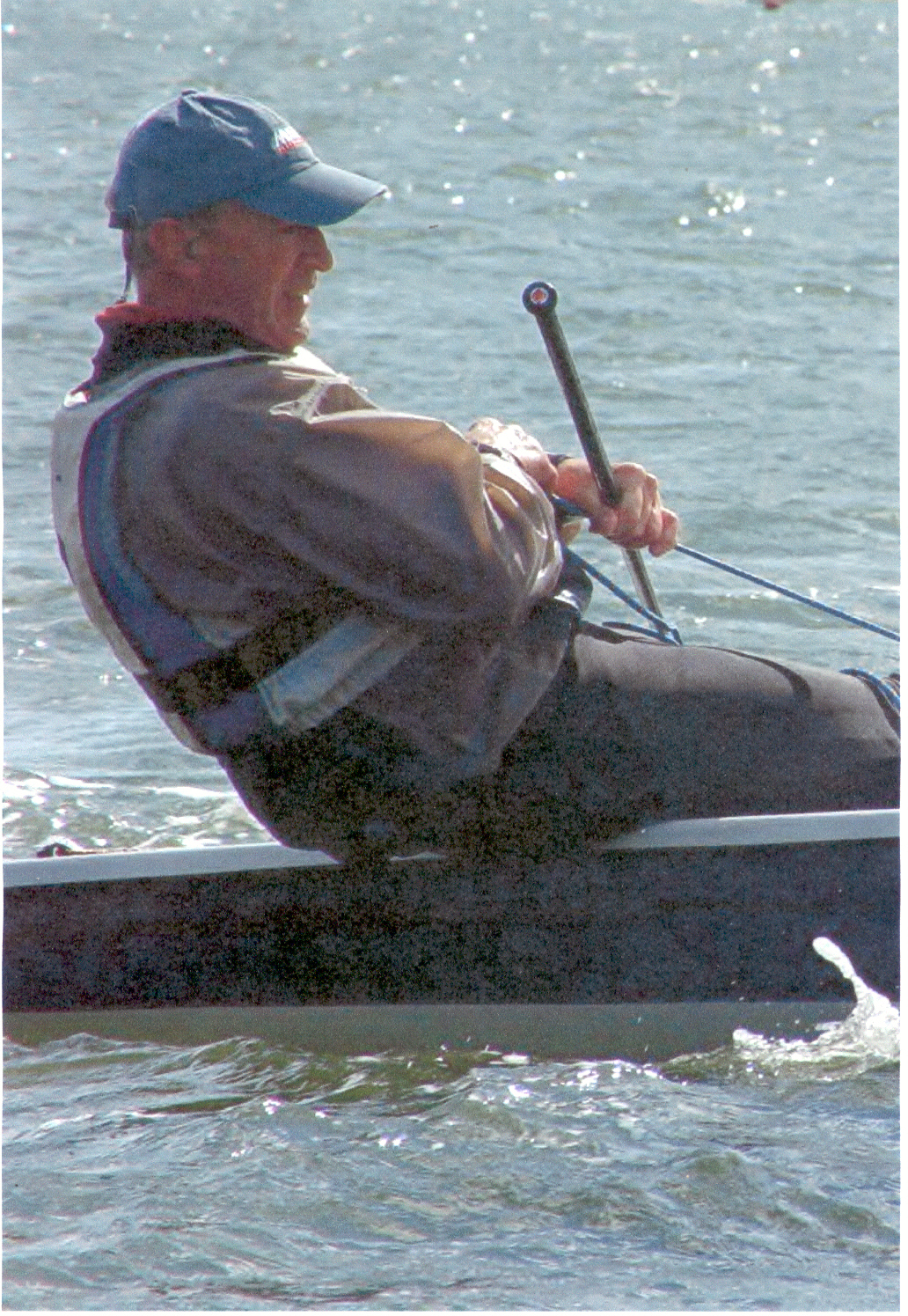|
|
||||||||||||
|
Christchurch and District Model Flying Club |
|
EDITORIAL |
|||
 |
|||
|
The Chairmanís continuing concern over the accuracy of the autogyro plan he has been building from raises some interesting points. Some plans are scrupulously drawn and annotated with the intention of being the very last word on the subject, just as if they were indeed working drawings for a full-size aircraft. They include copious notes and lists of materials and often require additional skills to mere balsa-bashing. They are instructions. Some however are mere sketches which allow an uninhibited approach to the model, with complete choice over materials and dimensions. They are inspirations. Between the two extremes are the vast majority of plans presented with the magazines (and CAD drawing doesnít necessarily make a plan accurate or complete). Peter Rake, David Boddington, Chris Golds and many others just try their best to make their plans easy to interpret and accurate enough to make your model the same as theirs, but canít afford the time to check every single dimension as like it or not, they have to meet the editorís deadline and want to move on to the next project! Me? Iím for the inspirational approach over the instruction every time, although I do try to make my own plans reasonably complete and easy to understand. Structures are complex however. If you get a chance, have a look at the Cliff Charlesworth Falke plan that Trevor is working on at the moment, and see how difficult it can be to interpret a 2-dimensional drawing of a 3-dimensional object. And be prepared to measure twice and cut once! Mike |
|
|
|
|
[Home] [Chairman's Chatter] [Editorial] [Bring a Model] [Paint Mixing] [Fly Diary] [DIY Electronics] [S-B Crusader] [Bumble Bee] |